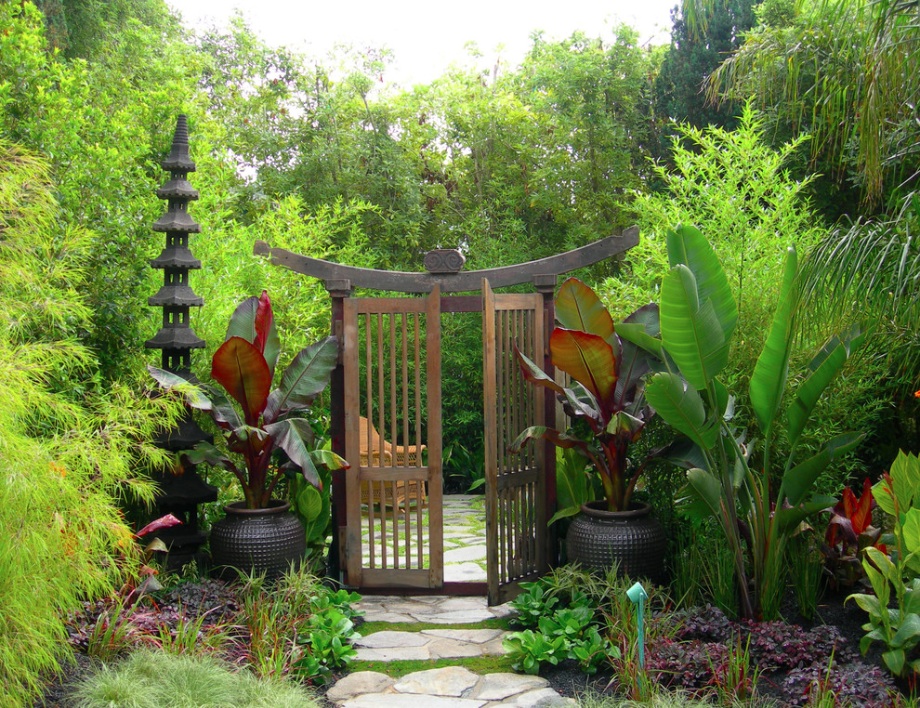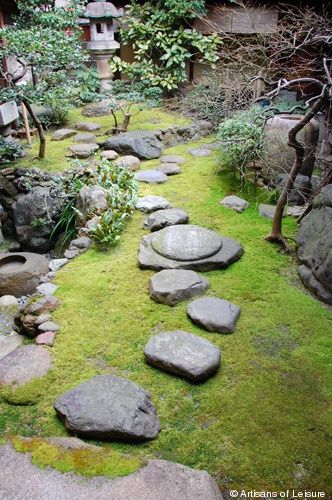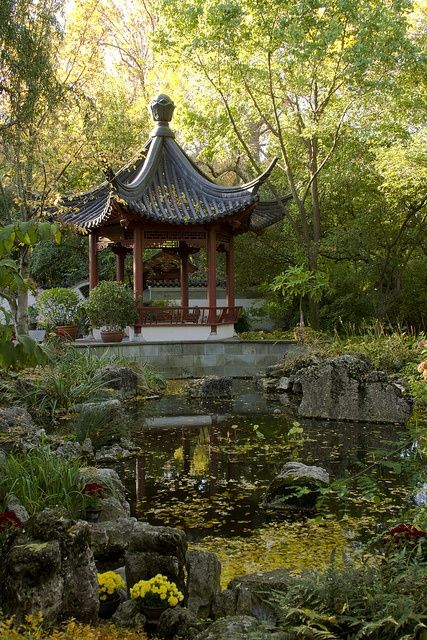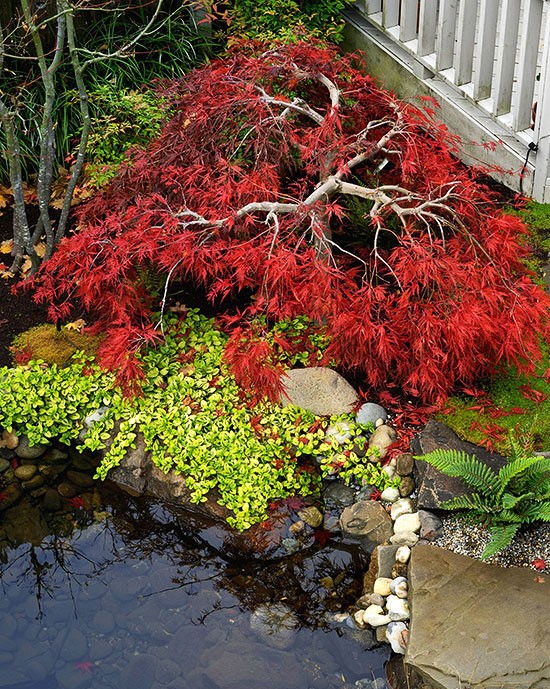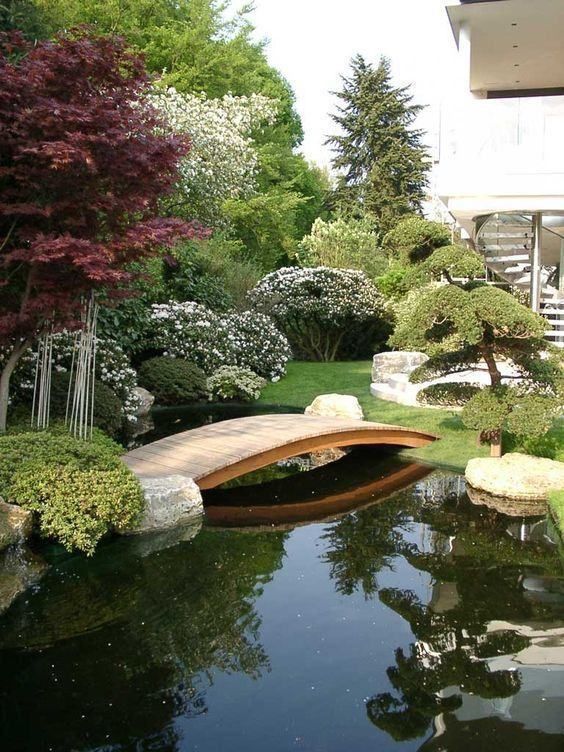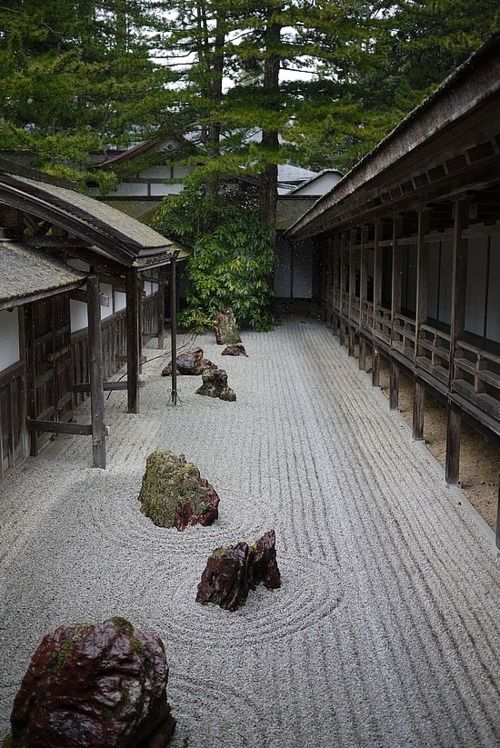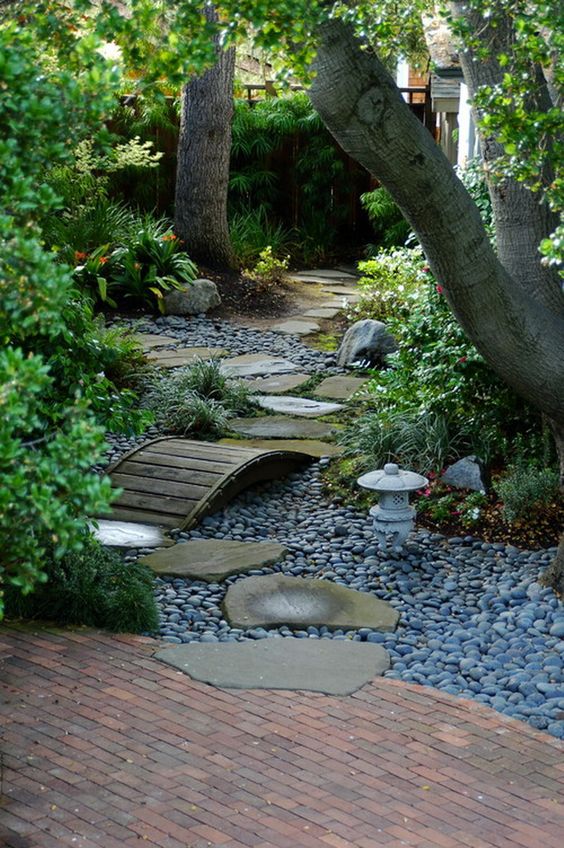The design of Japanese gardens is very close to nature. It incorporates a lot of natural elements such as water, rocks, gravel and plants, bringing about a very serene surrounding. Although some choose to renovate their garden themselves. But while most of us can’t build a large Japanese garden, we can incorporate some of the design elements to get that sliver of heaven ourselves to wind down and recharge.
Here are a few elements to incorporate into your backyard or garden design:
1. Make an inviting entrance
Use bamboo fences or stone walls to separate the world outside from the garden to create a Zen area. The act of opening the gate before you enter provides the transition from the busy outside into a relaxed and quiet place.
2. Create mystery
Creating a Japanese garden is an art form. A key element in designing one is to create vignettes that can’t be viewed all at once to create anticipation. It is perhaps what makes a Japanese garden alluring because you just don’t know what’s next as you stroll along. An example of this is to create a winding path or bridge.
3. Grow evergreens
A true Japanese garden will not contain flashy or bright colours. A monochromatic green is preferable but there’s no harm in having a range of green shades in your own garden. Having different plant and green shades help create textures to keep the garden interesting. Get some large hedges to add more texture and depth to the garden.
4. Encourage moss
Moss thrives in a humid and rainy climate. It also doesn’t need much rain to flourish. Having a mossy garden provides a soft and balanced feel in the garden. Place stone steppers on pathways where there’ll be moss growing to avoid damage to the moss.
5. Make a private pavilion
A private pavilion is a perfect place to sit back, unwind and enjoy the scenery. It’s also a good place to entertain a few friends. If there is no space for a pavilion, having a few chairs or benches are good too.
6. Light up with pagoda pillars
Don’t forget lighting in the garden. You don’t want to be left in the dark. Light up pathways by using pagoda pillars or stone lanterns to give some soft lighting. It also doubles as beautiful garden decors and comes in several sizes.
7. Create structure from plants
Pruned trees are akin to styled and trimmed hair. Trees in a Japanese garden are pruned into shapes that show off their architectural form. In the picture above, a Japanese maple shows its zigzag branching pattern. Its branches also reach over elegantly towards the reflective pond.
8. Make an island getaway
Creating a mini oasis is fun for both adults and children. It creates a sense of play and adventure.
9. Add water features and rear fishes

The sound of water flowing adds to the calm and serene ambience. Create a small pond with a mini waterfall to keep the water flowing. Rear fishes such as Koi or goldfish to give some ‘life’ and colour to the pond or stream.
10. Create a rock garden
Sand gravel raked to a specific pattern symbolizes the river or ripples of waves around the island. The rocks, on the other hand, symbolize mountains. Raking the sand gravel is also a soothing activity to occupy and rest the mind at the same time.
11. Add pebbles or river rocks
Adding pebbles or river rocks completes the earthy and natural vibe of a Japanese garden. The sound of the pebbles knocking into one another when it’s stepped on also adds to the serene and peaceful ambience. The smooth pebbles can be arranged to symbolize the water, river or a waterfall in the rock garden.



